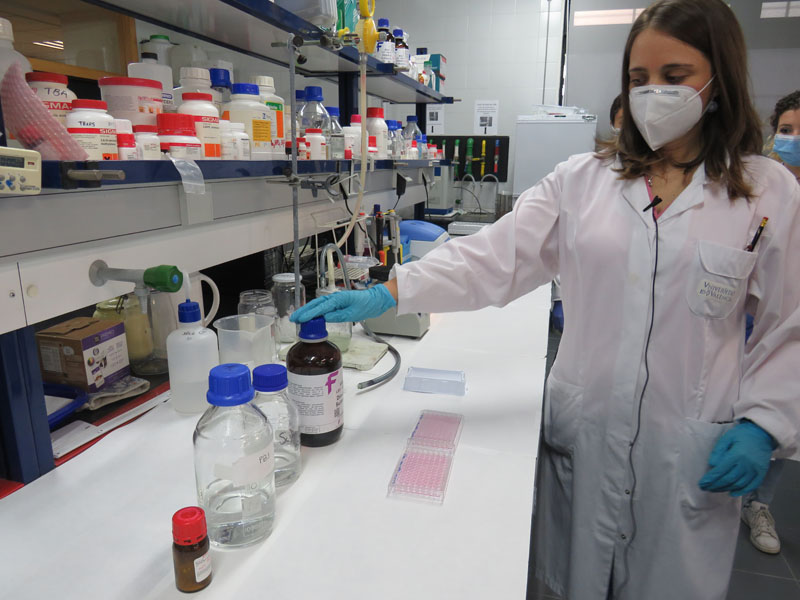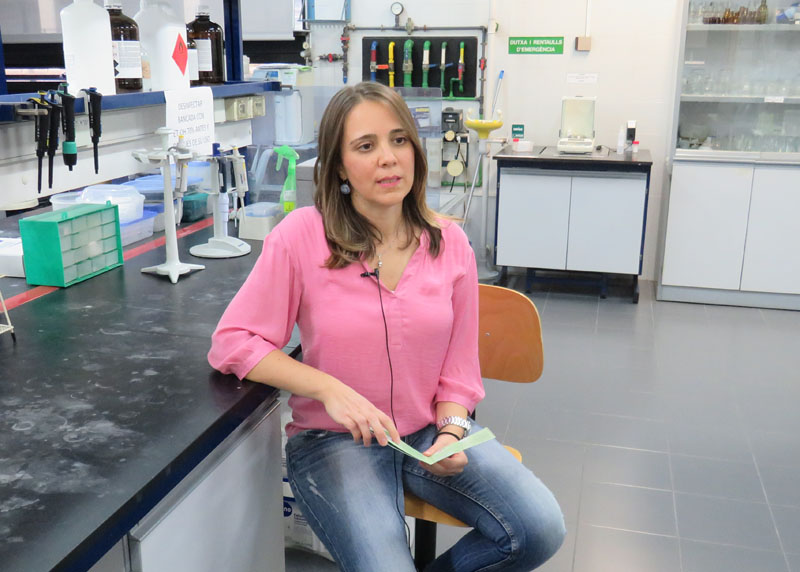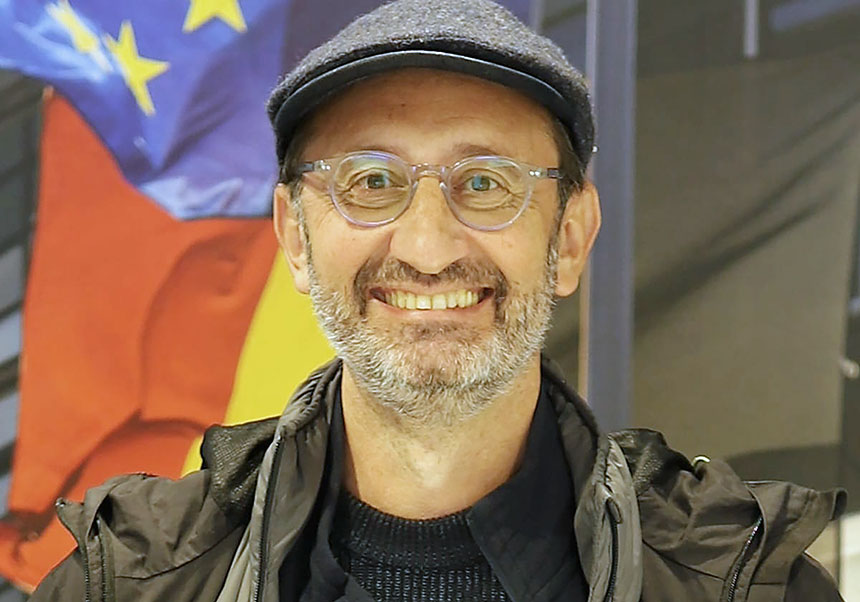Ana Juan-García: “COVID-19 has shown us both the weaknesses and the needs we have in the scientific field”
- Scientific Culture and Innovation Unit
- February 11th, 2021
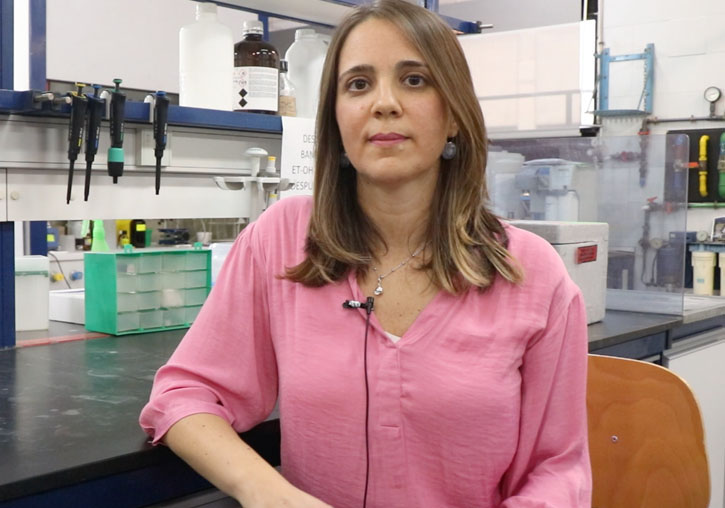
Ana Juan-García, Professor in Toxicology from the University of Valencia and Doctor in Pharmacy, belongs to the Department of Preventive Medicine and Public Health, Food Sciences, Toxicology and Legal Medicine. Currently, with her team from the University (Food Contaminants Research Group, COAL), they are working on the study of mycotoxins in food, evaluating the risk they pose to health and developing strategies to minimise their effects. In addition, they participate in several projects of relevance at European level. This expert and her partner María José Ruiz have been interviewed on the occasion of the International Day of Women and Girls in Science (February 11).
What are the current lines of research that you are following?
(Ana Juan and María José Ruiz answer.) We are a research group led by Professor María José Ruiz, from the Toxicology area of the Preventive Medicine Department. The research activity of the group is related to the evaluation of toxicological risks in the field of food safety. The main lines of research are the evaluation of risks due to exposure to mycotoxins, pesticide residues and drugs, where analytical and toxicological aspects, bioaccessibility and bioavailability, action and interaction mechanisms using in vitro, in silico and in vivo methods are addressed, and procedures to reduce its presence in food. The people who make up the group have participated in more than 15 national and international research projects, directed more than 22 doctoral theses and with more than 250 scientific publications.
You have a line dedicated exclusively to the analysis of mycotoxins in cereals. Why did you choose this food?
Mycotoxins can be found in feed and food, especially grain-based, which come from the metabolisation processes of fungi that, under ideal conditions of humidity, temperature and the presence of suitable substrates, can produce them. There is a broader analysis of the presence of mycotoxins in cereals as these are the basis of the diet throughout the world and are a suitable candidate for the growth of mycotoxigenic fungi. The collection and storage of cereals are decisive if they are not done following good agricultural handling and manufacturing practices. Which much more delicate if these cereals pass through the food chain and their consumption is intended for young children who are more sensitive.
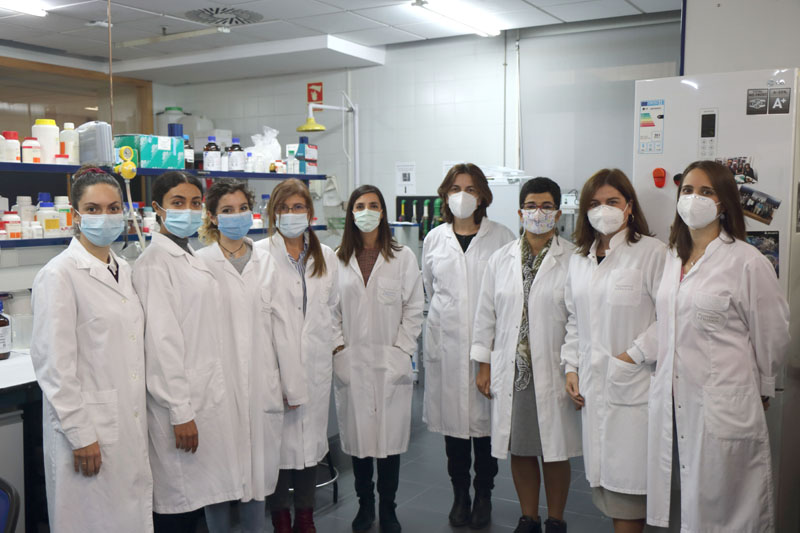
What are the mycotoxins that you have studied the most and what risk can they entail for the population?
We study both legislated and well-known mycotoxins, such as ochratoxin A, aflatoxins, fumonisins, or zearalenone; as well as those not legislated, specifically the group of the enniatins. What we have observed is that, despite being legislated and establishing controls, we find a significant incidence in samples from more disadvantaged countries or with fewer resources, which highlights the importance of official controls by institutions, as well as the commitment of the food company with imported raw materials. The presence of mycotoxins in the food chain can affect health status in general, but those carcinogenic (Group 1) or possibly carcinogenic (Group 2B) classified according to the IARC (International Agency for Research on Cancer) are of more concern, such as they are aflatoxin B1 (Group 1) or ochratoxin A (Group 2B). It must be taken into account that the co-presence of several of them in the same food or through the diet, in different foods, despite being below the allowed levels, can have toxic potential effects and that it is necessary to evaluate in depth and estimate your risk.
Can you explain any of the methods used by the team to analyse mycotoxin risk? What application do they have?
In our group we work mainly with in vitro methodology; although also in silico and in vivo, as well as with analytical determination techniques. The in vitro methodology is the one we use the most for toxicity studies. In vitro tests give us a wide range of possibilities to know the mechanisms of action by which toxic effects are generated that can then be extrapolated to humans; in our group we use different cell lines: neuronal, liver, intestinal... The in silico methodology allows us to make a prediction of the possible toxic effect that can be expected from mycotoxins and their degradation products; It is based on the use of computer programs that provide prediction according to such chemical parameters.
Do you have any new projects in sight for the next few years?
We are a group that participates in different calls (regional, national, and international) from which to obtain funding and be able to carry out scientific projects. The most recent project focuses on combined mycotoxin and pesticide exposure; risk assessment and mitigation strategies. We focus on mycotoxins and with the objective of giving more knowledge to the scientific community and the authorities so that they are then the ones who make the pertinent decisions regarding the legislation to provide safety to consumers.
“We focus on mycotoxins and with the aim of giving more knowledge to the scientific community and authorities”
How do you think scientific dissemination has helped the population?
The most traditional scientific dissemination has been that of publications in scientific journals with different impact indices. The problem is that this information does not reach the entire population. Although, today there is already a great variety of media and communication channels that allow us to disseminate and publicise the research being done; from groups with fewer or small resources, to larger ones or with recognised prestige.
Today we can connect to a talk by a scientist, subscribe to it or follow newsletters from the research centre, universities, institutes from all over the world... and from the aspect that arouses the most interest individually; we can even, and almost directly, receive or follow the steps that a research group achieves that week or that same day,... instantaneous computer networks and applications that help us to have access to science and that contribute to its dissemination are well known. There are also scientific dissemination programs that try to involve society by going out into the streets, celebrating Science Day, European Researchers Night, Diabetes Day, Nutrition Day, Environment Day... This also helps and contributes to the dissemination of science since directly or indirectly there is a scientific footprint that is reflected and that brings the population closer to knowing it. It is true that it is highly conditioned by the individual and proper interest of each one, how or how much of this dissemination and these programs reach the population.
This wide range of options and possibilities means that we also find information that, under the guise of scientific dissemination, has rather advertising purposes or generates currents that can sometimes be negative. That is why it is important to know the source, its origin and the intention of this dissemination that is being made, that it is verified and quality information, since it is what will provide us with knowledge and advance to society.
“It is important to know the source, its origin and the intention of this dissemination that is being made, that it is verified and quality information”
Despite the work of reporting on science or disseminating it, do you think there is still a long way to go?
Of course. It is important to make known from within how scientific research is progressing, what is needed to carry it out, what must be counted on... and above all to be clear that nothing will be immediate and that therefore the investment must be with a view to a long-term future.
Currently, there is very good preparation in our universities and a lot of effort is invested in preparing competent students. And it is true that the current events of the COVID-19 pandemic have shown us both the weaknesses and the needs that we have in the scientific field, a very remote fabric within society. We must bear in mind that future generations are currently being educated and trained, and it is they who must first enrich themselves by means of science. Interest in science stems both from the population’s ability to understand and from the dissemination capacity of scientists.
To where do you think the forms of dissemination should lead?
Much progress has been made in the forms of scientific dissemination. Although, curiosity and individual interest that the person has plays an important role. Access to scientific information available and more open than ever with all the computer applications that we have on our mobiles, tablets... and that we consciously or unconsciously consult.
It is true that attracting the population for scientific research is a difficult task, especially for population groups with less interest, more disadvantaged or who feel it is remote. But it is true that, in this last year and due to the COVID-19 pandemic situation, no one has remained indifferent to how science progresses. Never before have the population and the media been so aware of how important the work done in research is and, even more so, how important it is to invest in science.
“The Faculty of Pharmacy has always had a significant number of university women”
What did you want to be when you grew up?
From a very young age I remember wanting to be a teacher. I saw myself reflected in everything and everyone who did teaching tasks. The teachers in the school stages taught me the importance of knowing, not only for learning, but also for being able to understand and reason with many other kinds of knowledge. Dedicating myself to the scientific side came later in the Faculty with the Pharmacy studies at the University of Valencia.
Who were your idols as a child? Were there more female or male figures?
Surprisingly more women. I have felt admiration for all the women who were pioneers and brave, and that have paved the way for many of us to get to where we are now, with rights and equalities that have taken great efforts to achieve and move forward. Although there are still others to come. My environment has been very marked by women and many of them I have felt admiration for the ability that made them stand out.
What does your work bring you as a person?
The tasks of my job have a teaching part and a research part. Therefore, on the one hand, teaching brings me joy and satisfaction, seeing how the students are training and the positive feedback they send you. And in terms of science and research, curiosity, desire to continue learning day by day, answer questions, and contribute what is within my reach from the University to the students and society. Despite the obstacles, it is a very enriching and stimulating job.
“I have felt admiration for all the women who were pioneers and courageous, and that have paved the way for many of us to get to where we are now”
In your group, most of you are women. Has this fact arisen spontaneously or was it an objective?
I think it was spontaneous. The Faculty of Pharmacy has always had a significant number of university women. We are a very welcoming group, and we collaborate with many research groups. The gender issue has not been decisive for our development.
What has been your greatest achievement / goal accomplished?
If I have to say one, it would be the most recent one. Months before the COVID-19 pandemic hit, I was able to carry out a part of the neuronal study of mycotoxins using the zebrafish (Danio rerio) as a biological model. It was at Harvard University and by using analytical techniques that are being developed for this purpose. This experience allowed me to enter one of the leading universities in science that works closely with large pharmaceutical industries and others that are not so large, such as Moderna, now known to all.
What has been the biggest challenge you have faced throughout your training or professional career?
It has been with great dedication and perseverance, with the challenge of not losing sight of the illusion and that what I am doing has a personal and professional incentive at all times.
“There is much to contribute in science and not get tired of exploring or learning”
If you could give advice to young scientists who are finishing their degrees or those who will start similar careers, what would it be?
That science training enables us to do a lot, both in design and in decision-making. That there is much to contribute in science and not get tired of exploring or learning. That investigating everything that makes you curious will make the path easier for you and get to what you have proposed. That you have to be observant, constant and make several attempts to make a critical analysis of the results that are obtained.
Video of Ana Juan-García research:
https://www.youtube.com/watch?v=iiE0t8HDieM
File in: Investigació a la UV , Difusió i comunicació científica , Internacionalització recerca , Facultat de Farmàcia , Recerca, innovació i transferència


